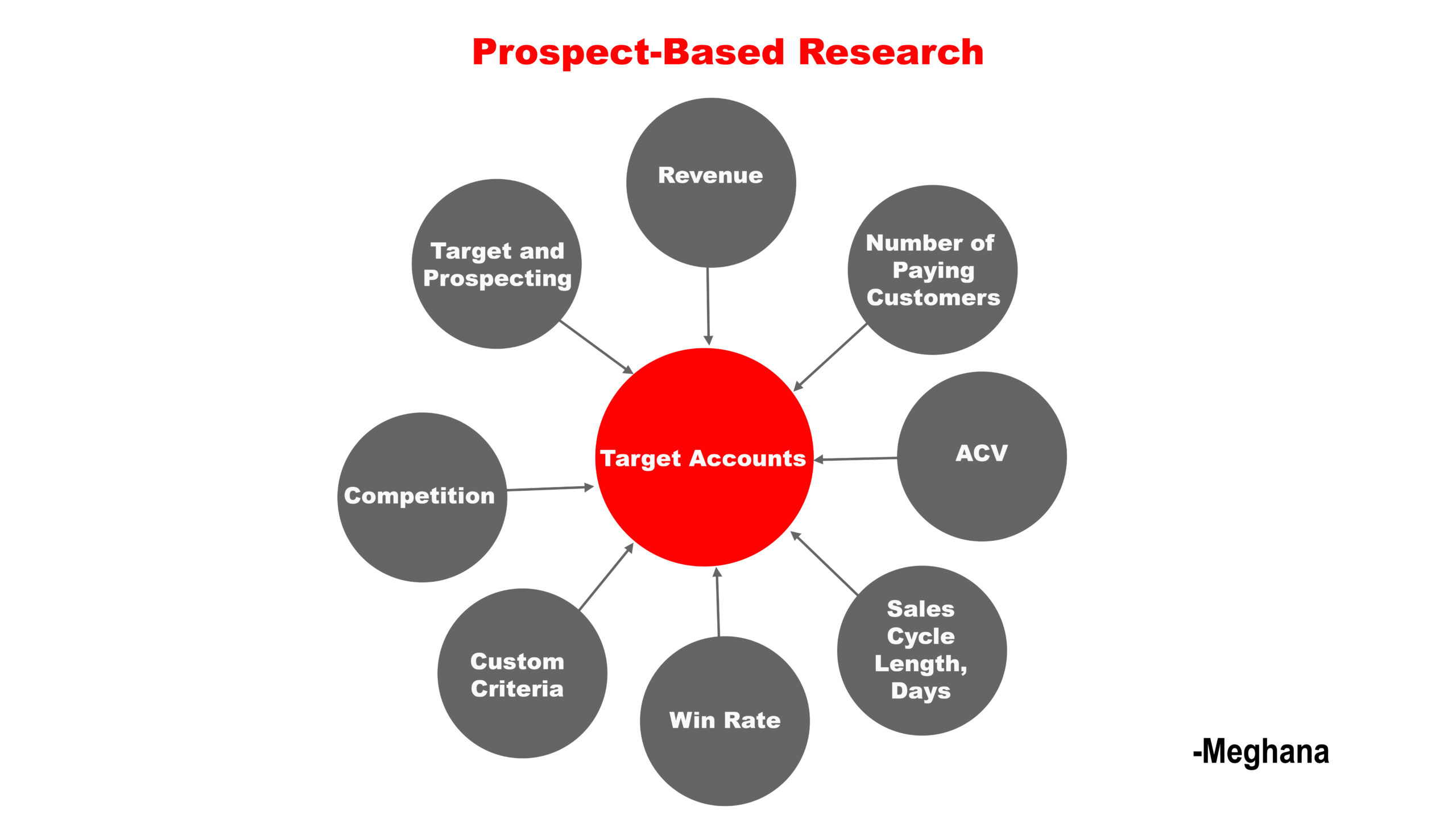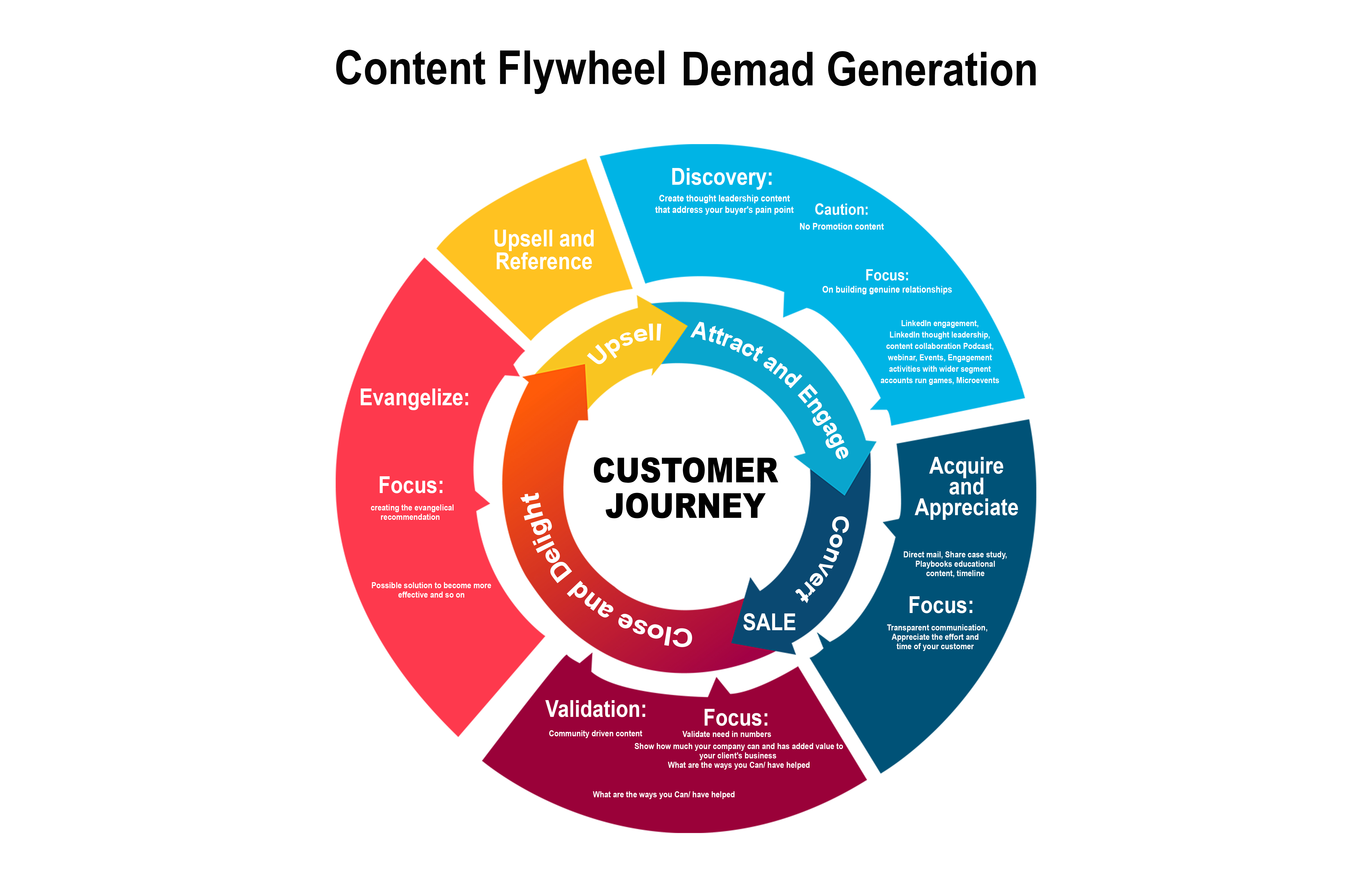Sales and Marketing Combined Playbook
Identify, engage & win target accounts with the highest intent to buy
Maximize Efficiency and Reduce Costs
Around April and May 2024, I attended some fantastic conferences such as Sales Tech Day in Vilnius, Pitch Me Baby and NBX in Warsaw. Overall I met around 3000 people in these conferences, from various backgrounds.
Through my interactions, I discovered, that most founders and sales leaders face similar key challenges, such as:
- Competitive economic climate due to too many players
- Cost of marketing and sales has gone up
- Response rates on outreaches are low
- Inbound leads are sporadic and have low revenue potential
- Partnerships, references and events do not generate a sufficient pipeline
Here is a step-by-step guide to overcome these obstacles and execute a successful campaign. This playbook is a result of my extensive experience and thorough research. This has worked wonders in my past campaigns and shown results like:
- Cost of acquisition reduced by 57%
- Acquired 8 enterprise-level clients in 6 months
Before we begin every member of the team must remember
Buying intent = booking a demo with your sales team.
From today, forget the MQLSQL model only revenue matters
Current challenges between the marketing and sales team
- Sales or AI personalization can’t get a reply due to lack of brand awareness
- Prospects don’t understand the product’s unique value proposition and how it will help their business.
- Inbound leads from the marketing team have either low buying intent or low revenue potential
Here is how most companies' sales team collaborates with marketing
Marketing runs events, targeted ads, and publishes content such as ebooks, white papers, reports etc. and everyone who responds to their campaign is added to their MQL. This is then shared with the sales team without validation.
Sales hunt for random account lists and initiates automated cold outreach on these lists, with minimal efficiency
Following up on the cold outreach with another cold call or voice messaging or video
If an account is acquired, it is booked, commissioned and then handed over to operations, with no further thought,
Every quarter the same story is repeated.
Here is the reality:
B2B buyers don’t download an e-book and get “nurtured” into an opportunity with a 5-email sequence. You can not actually control who sees your content.
If you are driving cold traffic via ads/emails you’re already behind. First, 97% of your marketing budget is wasted. Second, other companies have stronger brands, market presence, and recognition
95 % of the target audience is unaware of the problem they are facing, so a webinar, or event describing a solution to such a problem is wasted outright.
Company updates on social media about raised investments, won awards, or events etc. may not reach the target audience and does not add value to them. Nor does it create demand for the product.
The Solution
A targeted pinpoint approach works better than a shotgun approach. With sales and marketing in collaboration, we create a list of target accounts, run a campaign tailored to those selected accounts that will generate demand for our product. We then execute a plan to capture those clients. This method is known as the Demand-Gen + ABM approach
However, we first build a connection to learn your client’s pain points and then we pitch out the product
Check out the Hockey Stack report here which shows that this method generates a 4,37 times better conversion rate than the traditional method.

How do we make the magic happen?
For this, we need to first understand the specific problem and where it comes from. We already talked about the disparity between the Sales and Marketing teams. In most companies, sales and marketing teams often operate with different incentive structures, leading to misalignment:
Sales Teams: Focused on short-term microscopic goals, they are incentivized to hit today’s client meetings and achieve revenue targets for the current quarter. Their
The below diagram shows how detailed, a good ICP needs to be to reap the above benefits.
Marketing Teams: Oriented towards long and medium-term macroscopic goals, they aim to build brand trust and awareness. They analyse high-performing keywords and content, often without considering the specific data on high buying intent such as potential in a new market, buyer sentiment etc with general interest but not specific leads.
This disparity can lead to a disconnect in understanding our customers. Does our customer see our product the way we do? Are they ready to buy now? Does our product or service solve their problem?
A role or position, specifically designed or skilled towards bringing the two functions together, positioning them towards business growth must be created and filled. This being a full time responsibility and independent from either of the two functions must be separate. This is generally called the ABM campaign manager.
How does the ABM campaign manager play a vital role?
With the help of internal teams across the company and studying past sales, the Campaign manager uses his or her specific tools and skills to identify high-value accounts, personalised engagement, align sales and marketing efforts, and track the performance of campaigns to conversion.
He or she drives revenue by generating sales-qualified opportunities, enhancing pipeline growth, and optimising key metrics like ACV, deal close rate and sales cycle length.
Let’s dive into the exact step-by-step guide and see the responsibility task for each team
Responsibilities of Campaign Manager.
In conjunction with the various departments or functions in the company, the ABM campaign manager is responsible for the below:
- Development of ICP(Ideal Customer Profile) and dream list
When creating an ICP, a campaign manager goes beyond basic data, analyzing:
- Current best customers
- Reasons for their purchases
- Key players in the buying process
- High-value customer segments
He then segments these customers, defines their jobs, KPIs, goals, and challenges, and uses these insights for marketing and buyer enablement (detailed later in the book).
The below diagram shows how detailed, a good ICP needs to be to reap the above benefits.

- Segment Current pipeline and future pipeline:
The campaign manager leverages intent data, monitors leading indicators, and interviews key stakeholders within the target accounts. He collaborates with sales and marketing to understand the target account’s position in the buying journey, categorizing them into current and future pipeline opportunities.
with agreement with sales and marketing he assign scores to leads based on their fit with your ICP and their level of engagement with your brand.He also devises the strategy for various account/pipeline types, such as:
- For Accounts that fit our ICP but have no idea about our product: Focus on educational content and brand awareness campaigns to introduce them to your product and its benefits
- Future Pipeline: Accounts that are aware of our product but unsure if they need it:Highlight case studies, testimonials, and use cases that demonstrate the value and relevance of your product to their specific needs.
- Active pipeline: Accounts that are aware of our product and its benefits, and are ready to buy:Prioritize these accounts with tailored sales pitches, personalized demos, and offers to convert them into customers quickly.
By understanding where each account stands in its journey with your product, you can tailor your approach to meet their specific needs and move them through the pipeline more effectively.

Conduct market and prospect-based research.
Conducts one-on-one interviews with subject matter expart, current customers, and prospects to gain deeper insights.
Uses CRM software, LinkedIn Sales Navigator, and other lead-generation tools to find and qualify potential prospects.
Organizes focus groups to discuss specific topics in detail with selected participants.
Assesses prospects based on the Budget, Authority, Need, and Timing (BANT) framework.
Determines what initiates the buying process for customers.
Learns how buyers prefer to receive information and updates.
Identifies any barriers that might prevent buyers from purchasing.
Understands potential challenges in adopting and integrating our product.
Defines how many accounts need to be targeted across these motions.
Defines leading indicators as intermediate metrics to track program progress.

4. Create a Unique value proposition and content flywheel
Use research and findings to create a unique value proposition for each cluster.
Map out the customer journey to identify critical touch points.
Develop targeted marketing campaigns based on market segments and customer personas.
Incorporate content collaboration with clients through blogs, podcasts, online and offline events, and demand-generation programs.
Develop an approach to engage and connect with target accounts in these channels, in collaboration with the Sales team.
Define low-hanging fruits and set realistic targets.

5. Developing a strategy to strengthen relations with specific targeted accounts, optimizing and reporting
This could involve direct mail, retargeted ads, and nurturing emails.
Organize online and offline events within target accounts. Some sample events we organized: beer talks, football matches, and bowling.
Partner with Marketing Ops and Business Ops for tool support and integration.
Define the campaign matrix and document success to track the program.
Optimized and relaunch
Responsibility of the Marketing team.
- Collaborate with ABM managers to create a unique value proposition.
- Create tailored content that addresses the specific needs and interests of each target account.
- Write details of case studies
- Implement coordinated ABM campaigns across multiple channels, such as email, social media, webinars, and events.
- Leverage marketing automation tools to streamline campaign execution and manage workflows efficiently.
- Run cluster-based paid ads or collaborate with campaign managers to implement AMB strategy.
Responsibility of the Sales team.
- During the pilot campaign sales team will work with the ABM campaign manager in the account selection process
- Ensure the account meets all qualification and disqualification criteria.
- Collaborate with the campaign manager with tier segmenting according to its revenue potential.
- Activate the buying committee by adding insightful comments on target accounts’ content on social channels this could be on LinkedIn communities or Slack channels
- Start relevant conversations with the target advance without pitching
- Ask profiling questions to understand where the buyers are in the buying process, and to validate their challenges and product needs.
- Invite them to virtual or on-site events to foster stronger relationships and leverage them as occasions for deeper account exploration.
- Invite them for content collaboration interviews, blog quote
- Collect feedback on content and event
- Manages product demos and closes deals
All the above activities should be performed in close collaboration with the campaign manager and marketing team. Here are some examples of close collaboration:
SDRs share insights from a call with the internal champion and an introduction made by the champion to one of the decision-makers.
Marketing reports that the account visited several case studies on the website, spent 20 minutes on the site, and actively engaged with the demand generation ads.
Watch my video conversation on sales and marketing alignment
KPIs for achieving a business goal:
- Replies
- Sales Opportunities
- Closed Deals
- Acquisition Cost
- Engage Accounts to Clients
- Account-to-Pipeline Ratio
- Cost of Acquisition
- Sales Pipeline Velocity (total amount of revenue generated from these accounts per quarter and per year)
- Campaign ROI
- Revenue
Takeaways and further steps
With sales and marketing alignment, the company enjoys the following benefits:
Ensures both teams are working towards common objectives, leading to more cohesive strategies.
Enables more personalized and relevant interactions, enhancing the overall customer experience and creating brand authority.
Creates streamlined processes and workflows, reducing duplication of effort and increasing efficiency.
Drives revenue growth by aligning strategies and activities to convert more leads into customers.
If you need help to launch your next ABM strategy, book a call here or dm me on LinkedIn with additional questions.
